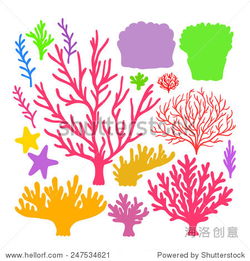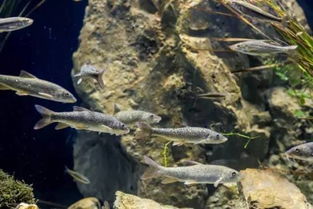Aquatic Reef Design: A Comprehensive Guide for Enthusiasts
Designing an aquatic reef can be an incredibly rewarding experience for both beginners and seasoned hobbyists. It’s a chance to create a vibrant, living ecosystem right in your home. Whether you’re looking to set up a freshwater or saltwater reef, there are several key factors to consider. Let’s dive into the details.
Choosing the Right Tank

The first step in designing your aquatic reef is selecting the right tank. The size of the tank will depend on the type of reef you want to create and the number of inhabitants you plan to add. For beginners, a smaller tank (20-30 gallons) is recommended. As you gain more experience, you can move up to larger tanks (75 gallons or more) to accommodate more fish and corals.
| Size of Tank | Recommended for |
|---|---|
| 20-30 gallons | Beginners, small reef systems |
| 75 gallons or more | Experienced hobbyists, larger reef systems |
Water Parameters

Water quality is crucial for the health of your reef. The following parameters should be maintained:
- Salinity: Aim for a salinity level of 1.023-1.025 for saltwater tanks.
- Temperature: Keep the water temperature between 72-78掳F (22-26掳C) for most reef species.
- PH: Aim for a pH level between 8.1-8.4.
- Ammonia, Nitrite, and Nitrate: These should be kept at 0 ppm for optimal health.
Substrate and Decor

The substrate you choose will depend on the type of reef you’re creating. For freshwater tanks, sand or gravel is commonly used. In saltwater tanks, aragonite sand is often preferred due to its natural buffering properties. Decor should mimic the natural environment of the fish and corals you plan to keep. Live rock, coral rubble, and artificial decorations can all be used to create a visually appealing and functional habitat.
Fish and Invertebrates
Selecting the right fish and invertebrates is essential for a thriving reef. Consider the following factors:
- Compatibility: Ensure that the fish and invertebrates you choose can coexist peacefully.
- Size: Choose fish and invertebrates that will not outgrow your tank.
- Water Flow: Some species require strong water flow, while others prefer a more gentle current.
Popular saltwater fish species include clownfish, tangs, and angelfish. Invertebrates such as sea anemones, starfish, and snails can also add to the beauty and functionality of your reef.
Coral Selection
Coral is the centerpiece of any reef tank. When selecting corals, consider the following:
- Lighting: Different corals require different light intensities and spectrums.
- Water Flow: Some corals thrive in strong water flow, while others prefer a gentle current.
- Feeding: Some corals are photosynthetic and require light, while others are carnivorous and need to be fed.
Popular coral species include stony corals (e.g., brain corals, star corals), soft corals (e.g., sea fans, sea pens), and invertebrates (e.g., sea anemones, sea urchins).
Equipment and Maintenance
Several pieces of equipment are essential for maintaining a healthy reef tank:
- Filter: A high-quality protein skimmer and mechanical filter are crucial for removing waste and maintaining water quality.
- Lighting: Use a combination of LED and T5HO lights to provide the necessary spectrum and intensity for your corals.
- Water Pump: A reliable water pump